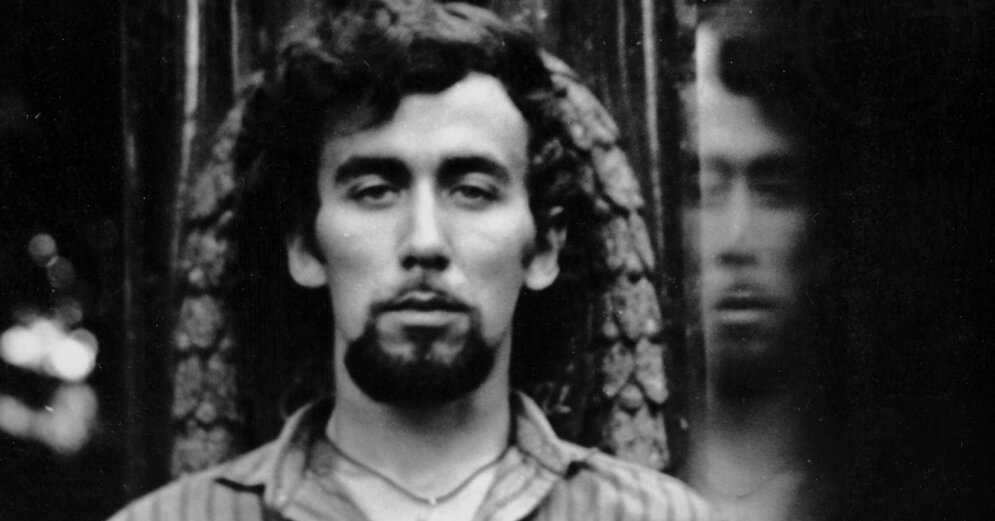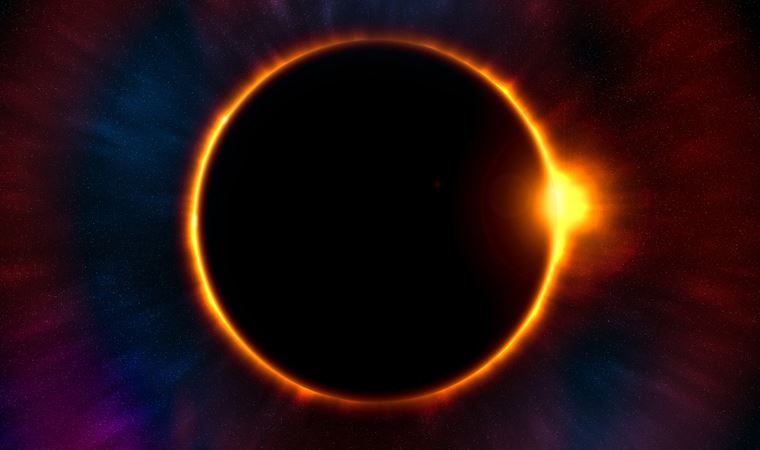The way Imants Kalniņš creates the fabric of the symphony orchestra for symphonies 3 to 5 is unique. Especially compared to his earlier edge of classical music. On the one hand – the instrumentation might sometimes seem simple, even primitive, but his characteristic techniques and timbre combinations, which in the context of another author, would probably not sound like anything … Kalnins makes them beautiful, graceful. Harp solo and string instrument pizzicato, bass clarinet and cello duets, bells and muted flutes, vibrations, pulsations …
And although Kalniņš himself looks at his early works as experiments in youth maximalism, first of all I don’t see anything particularly experimental in them, but Kalniņš’s cello concert created in 1963, which took place only four years after, perhaps the most colossal work of this genre at that time. – Dmitry Shostakovich’s first cello concert – is equally bright, if not even in many qualities, surpasses it, and as a student’s work at that time still inspires me.
Are there many composers who want and can listen to music dedicated to various attributes of the Soviet regime today? “October Oratorio”, songs for “Lenin”, “Lenin’s Thought” or cantata-shaped work “Palms, Our Republic” are musical masterpieces. In a distant corner of my memory, some of the dance festivals of the eighties, where folk girls and folk characters in Nīca folk costumes (for a long time it made me think that this is what Latvian folk costume looks like) raised beautiful ornaments on the music of the latter work. It’s hard to say why this, yet conjunctural, music is so strong. Is it because it is written with confidence, or is Kalniņš’s talent simply unable to drown even in the works “necessary for dear peace”?
Kalniņš’s choir music … “Prayer” – a song that I consider to be one of the most influential melodic melodies of Latvian choir music, equivalent to Mārtiņš Brauns’ “Sun. Thunder. Daugava” and folk songs “Pūt, vējiņi!” for decoration. The final song. Serious farewell sentiment. Poetry by Knuta Skujenieks. Indescribably fragile.
In the 1990s, I could already begin to consider myself a brand new composer. The time when I put the tape recorder and synthesizer in the corner, but I was happy to listen to popular music. And then, after many years, again a masterpiece – I often went to my girlfriend in Jelgava, and the cassette of the album “About things that it never goes through” stubbornly listened to on the way at the end, due to excessive load, rumbled. Similar to the once Symphony No. 4. I tortured this album in parallel with another topic – “Massive Attack” “Mezzanine” – so as to let the tape cool down a bit.
At the end of the last century – the beginnings of the “Bus in the Sky” – not only two of my friends of that time played music there, but also while studying in Vilnius, I took their first cassette with us and listened to it with Lithuanian friends in their dormitories. For them, this music went so much to their hearts that with the characteristic, gently chewing accent of the Lithuanian language, it was played regularly in the hallways. “Do you know who we are, or do you know who we are?”.
And then Kalniņš ends for me.
The current, consecutive Kalnins ends. I listen regularly, listen to his symphonies, discover the already mentioned cello concert, concert for orchestra, early symphonies, some unheard songs, but sometimes I am one of those who do not grasp the suggestion of Imants Kalniņš’s symphonies with the deepest corners of my heart. But there are no new songs. There is no need to look for reasons, excuses or criticize – it is a silence that occurs to me personally.
Perhaps the true truth of the artist is to stop, enjoy the radiation of what has been done, not to produce, to live in harmony, to set other priorities, not to prove it. Just live. Perhaps even some resemblance to the Finnish great Sibelius, who, having completely stopped creating, lived a life for several more decades.
What is “Latvian” music? This designation is probably attributed to Kalniņš more than to anyone else in our music. Yes, Imants Kalniņš in Symphony No. 5 goes through the silver grove, but even if I don’t, his music still seems to me to be distinctly Latvian. But why? I do not know. In the slow part of the 4th symphony, the landscape of Old Riga weaves after the summer rain, in songs – the sunny Sabile or the Daugava near Ķīpsala, elsewhere – an autumn walk through the seaside streets of Liepāja. Inexplicable. Can Kalnins be understood only in Latvian? I would risk saying yes. In France or Mexico, his strings will be exactly the same, but may seem paler and less pronounced, or at least without the necessary context. Without a bonfire on the seashore, without the delicate first touches of lovers on Midsummer night, the smell of lilac, after all – without the meaning of poetry, without the roller coaster harmonies, sweet melodies, unexpected turns that music textbooks cannot analyze, but our earth hearer elusive sense of flying sentiment. Even in spite of the fact that Kalnins loved and dreamed of America, in his youth he was often impregnated with the smoke and durability of Western progressive rock and smiled all over with his sly smile, nothing, absolutely nothing compares to the uncompromising straight and stubborn electric guitar! Fat. Powerful. Clearly from here. And, I am sure, always some of us will start and continue with Imants Kalniņš.
–


